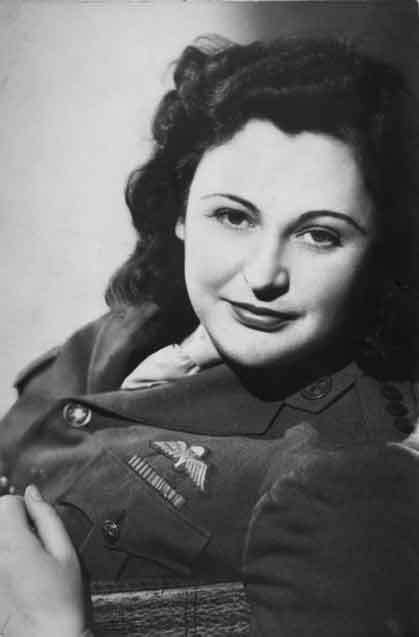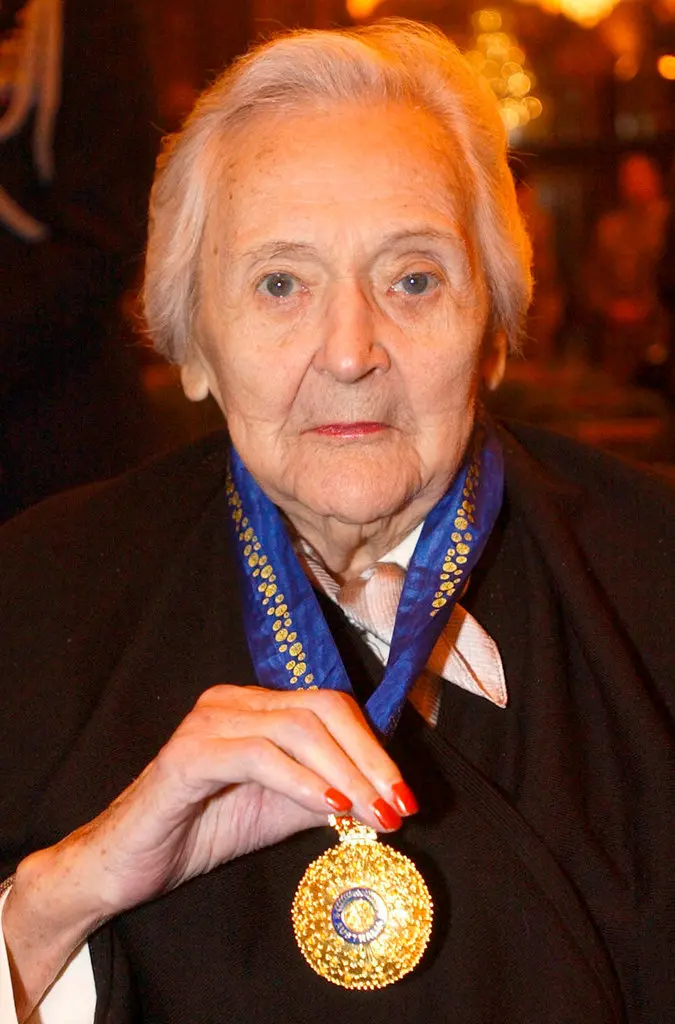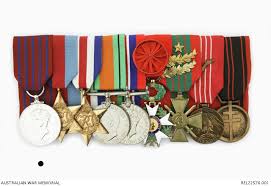As we mark the anniversary of D-Day, it’s fitting to honour one of the most daring and formidable women of the Second World War—Nancy Wake, The White Mouse. Her actions with the Special Operations Executive (SOE) and the French Resistance directly supported the success of Operation Overlord. Her mission: sabotage, disruption, and relentless resistance to the Nazi regime.

A Fearless Beginning
Nancy Grace Augusta Wake was born in Wellington, New Zealand, on August 30, 1912, and raised in Sydney, Australia. From a young age, she exhibited a spirit of rebellion and adventure. After working as a nurse, she travelled extensively and eventually settled in Paris during the 1930s, working as a journalist. It was during these years that she witnessed firsthand the rise of fascism, the brutal treatment of Jews, and the dark clouds gathering over Europe.
This experience ignited a fire in her that would define her wartime role.
The White Mouse of the Resistance
At the outbreak of war, Nancy was living in Marseille with her husband, French industrialist Henri Fiocca. But when Henri, a veteran of the Great War, was called upon to fight again, she decided that she wanted to do something useful. And so, with Henri’s help before he left to join his regiment, she learned to drive and joined the Red Cross, serving as an ambulance driver. It was yet another chapter in her life marked by the brutality of war. She witnessed firsthand the horrors of the Luftwaffe, which strafed roads filled with innocent civilians desperately fleeing through France.
Later, when Paris fell, Nancy returned home to wait for Henri. As the German occupation spread across France, she threw herself into Resistance work. Using her charm, intelligence, and daring, she helped smuggle hundreds of Allied soldiers and Jewish civilians to safety, working with the escape lines and developing a reputation for cunning and audacity.
The Gestapo placed a five-million-franc bounty on her head, and she earned the nickname “The White Mouse” for her ability to elude capture time and again.
Into the Heart of the Fight – The SOE Years
In 1943, with the Gestapo closing in, Nancy escaped across the Pyrenees to Spain, eventually reaching Britain, though the journey took many months. There, she was recruited by the Special Operations Executive (SOE)—the British wartime organisation created to “set Europe ablaze” through sabotage and subversion behind enemy lines.
After intense training in weapons, explosives, espionage, and survival, she parachuted into the Auvergne region of France in April 1944 with Major John Farmer, just weeks before D-Day. Their mission: to rally and organise the Resistance ahead of D-Day. They set up supply caches for arms dropped by air, established radio contact with London, and worked to disrupt the German forces, more than 21,000 troops in the region.
Starting with around 3,000 fighters, Nancy more than doubled their numbers. Her leadership was fearless and uncompromising. She led daring guerrilla attacks, oversaw the distribution of weapons, and expanded their communication network. She orchestrated attacks on German convoys, railway lines, and supply depots—disrupting the Nazi infrastructure across central France and delaying reinforcements that could have been used against Allied troops in Normandy.
Paving the Way for D-Day
Nancy’s actions in early June 1944 were critical. In the days leading up to 6 June 1944, she and her fighters carried out multiple sabotage operations that slowed German responses and communications. Bridges were blown, railway lines destroyed, and enemy morale shattered.
Her efforts ensured that German troops were tied up in central France rather than rushing to the beaches of Normandy. Without this internal disruption, the D-Day landings could have faced far greater resistance.
One of her most legendary acts was a 500 km solo bicycle ride through enemy territory to re-establish radio contact after their operator’s equipment was destroyed. She completed the journey in just 72 hours, a feat of endurance, courage, and sheer will.
🕊️ Nancy Wake’s Final Chapter: Courage, Grace & a Gin at 11 am
After the war, Nancy Wake married British RAF officer John Forward and settled in Australia. When he passed away in 1997, Nancy, by then in her 80s, was alone once again. Perhaps missing old friends, old battles, and the city where she’d once trained as a spy, she sold her war medals for over £100,000 and returned to London.
She took up residence at the Stafford Hotel in St. James’s, a place where wartime echoes still lingered. Each day by 11 am sharp, Nancy was dressed immaculately, makeup on, and seated at the American Bar for her first gin and tonic of the day. The hotel even had a personalised barstool made for her, engraved with her name—a small throne for one of the war’s fiercest fighters. The then-general manager, Louis Burdet, had also served in the Resistance in Marseille. They shared not only wartime experience but an enduring love for what Nancy called a “bloody good drink.”
As her funds dwindled, it’s said that a mystery benefactor quietly stepped in to pay her hotel bills. That benefactor was widely believed to be Prince Charles, now King Charles III. He had met Nancy and admired her greatly, though other sources state that the hotel took care of her bills.
In her final years, as her health declined, Nancy moved into the Royal Star and Garter Home for veterans in Richmond. She died in a London hospital on August 7, 2011, at the age of 98, following a bout of pneumonia.
Today, she’s remembered not only in stories and photographs but in a cocktail named in her honour. Created by bartender Benoit Provost, who knew her well, the ‘White Mouse’ is a bold, elegant drink made with saffron gin, lemon juice, honey, and Champagne, garnished with star anise. It’s one of the most popular cocktails on the menu.
A bronze statue of Nancy now watches over the bar she once called home. And each sip of her namesake drink carries with it the memory of a woman who lived fearlessly, loved fiercely, and never once backed down from a fight.
But Nancy Wake’s spirit—irrepressible, daring, and defiantly elegant—lives on.

“I hate wars and violence,” she once said, “but if they come, then I don’t see why we women should just wave our men a proud goodbye and then knit them balaclavas.” (Nancy Wake, the White Mouse)
At her request, her ashes were scattered over the Auvergne mountains near Montluçon, where, in 1944, she parachuted into occupied France, fought in the shadows, and helped ignite the spark of liberation.
Legacy of a Warrior
After the war, Nancy Wake was showered with honours. She received the George Medal (UK), the Medal of Freedom (USA), France’s Croix de Guerre (three times), and was made a Chevalier of the Legion of Honour. Despite her decorated service, she lived modestly in Australia, New Zealand, and later the UK.

“I hate war,” she once said, “but if the Nazis are going to do that to people, well, I’m going to do everything I can to stop them.”
Today, we remember Nancy Wake not only as a warrior but as a woman who lived and fought on her terms. In the shadow of D-Day, her courage remains a beacon—one that reminds us of the price of freedom and the power of a single, unbreakable will.
🕊️ To Nancy Wake—the White Mouse, the warrior, the woman. Lest we forget.
I was so inspired by Nancy Wake’s story, I wrote a novel about her and Henri Fiocca. It’s called Madame Fiocca —a tribute to their courage, their love, and the fight for freedom.



